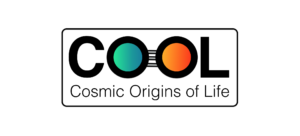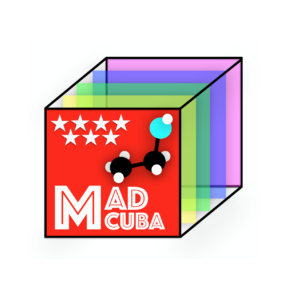My scientific research aims to elucidate how the relatively simple molecules detected in star- and planet-forming regions can combine to form larger macromolecules that are essential for living organisms. Since our planet and the whole Solar system were formed from an interstellar cloud of gas, I study the chemical complexity of this kind of environments. I focus my research on understanding how the basic pieces of DNA and RNA, nucleotides, could be assembled together in the interstellar médium.
I did my PhD thesis at the Centro de Astrobiología of Madrid (2010-2014), and afterwards I did two postdocs at the Arcetri Astrophysical Observatory (2015-2017, and 2017-2020), the former funded by a Marie Skłodowska-Curie grant. Nowadays, I am working back at the Centro de Astrobiología of Madrid thanks to a national “Attraction of Talent” fellowship that funds my 4-yr project “COOL” (Cosmic Origins of Life).
My work has produced several first detections of key prebiotic molecules in space such as phosphorus monoxide (PO), hydroxylamine (NH2OH), the Z-isomer of cyanomethanimine (Z-HNCHCN), propynimine (CHCCHNH), methyl isocyanate (CH3NCO), and glycolonitrile (HOCH2CN). The combination of very deep astronomical observations with newly developed chemical models has shed important clues about the formation in space of these molecules related with the origin of Life.
ORCID: 0000-0002-2887-5859
Publicaciones en ADS (The SAO/NASA Astrophysics Data System)
| Keywords | Astrochemistry, phosphorus, complex organic molecules, molecular clouds, star formation, prebiotic chemistry |








